It’s the middle of winter, and you wake up shivering only to discover your furnace isn’t working. Perhaps it is making strange noises, failing to turn on, or blowing cold air. This is every homeowner’s nightmare – needing emergency furnace repair and being left without heat when you need it most.
Furnace breakdowns always seem to happen at the worst possible time, don’t they? One study by a leading HVAC company found a 23% spike in repair calls during the coldest winter months. When temperatures plummet, the risk of your furnace failing rises substantially.
In this article, we’ll cover everything you need to know when your furnace unexpectedly breaks down. You’ll learn how to evaluate the problem, when to call for emergency repairs, what to expect from the service call, and tips to avoid breakdowns in the future. With the right information, you can get your furnace up and running again quickly when crisis strikes.
Signs You Need Emergency Furnace Repair

If your furnace is acting up or not performing properly, that’s a sign that something may be wrong. Here are some of the most common signs that indicate your furnace needs professional repair:
Unusual Noises – If you hear strange noises like banging, rattling, or squeaking coming from your furnace, that likely signals an issue. Unusual noises can indicate a problem with the fan motor, a loose component, or buildup of dirt and debris. Don’t ignore new mechanical sounds from your furnace.
Odd Smells or Odors – When your furnace starts emitting burning smells or other odd odors, that’s a red flag. Unpleasant odors indicate incomplete combustion and a possible gas leak, which can be dangerous. Don’t ignore any unusual smells originating near your furnace.
Lack of Heat – If your furnace isn’t producing any heat or enough heat to keep your home warm, that points to a repair being needed. Lack of heat issues can stem from a broken ignitor, faulty gas valve, or problem with the heat exchanger.
Short Cycling – If the furnace turns on and off frequently, it is short cycling. This issue prevents the furnace from reaching the right temperature before shutting off. Short cycling signals a problem with the thermocouple, gas valve, or furnace control board.
Temperature Fluctuations – If the temperature changes frequently or unevenly throughout your home, that indicates your furnace is not heating properly. Unstable and uneven heating can stem from dirty filters, blower issues, or a problem with the gas burners.
Higher Energy Bills – Unusually high utility bills can be a sign that your furnace is working too hard or operating inefficiently. Higher costs point to possible repair needs.
Pay attention to these warning signs, as they likely mean that your furnace requires servicing from a professional. Ignoring the symptoms can lead to complete furnace failure or bigger problems down the road.
DIY Furnace Repairs Considerations
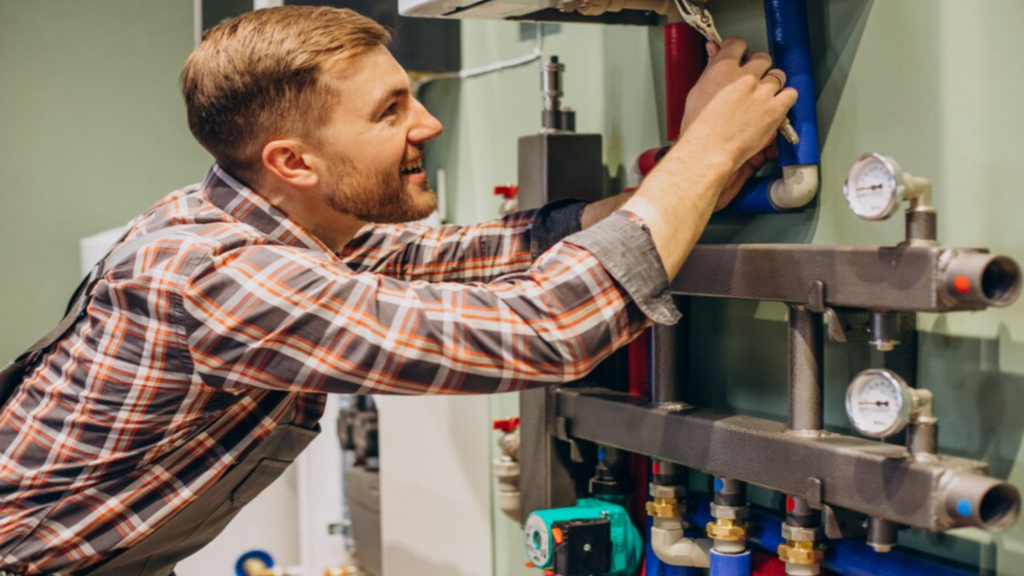
Attempting DIY emergency furnace repairs can be extremely dangerous if you don’t know what you’re doing. Some of the main risks include:
Gas leaks – Furnaces run on natural gas or propane. If you mess with the gas lines or connectors without proper training, you risk leaks that could lead to explosion or carbon monoxide poisoning. Don’t take chances with gas appliances.
Carbon monoxide poisoning – Faulty repairs can disrupt the venting system and cause carbon monoxide to build up in your home. Exposure to this colorless, odorless gas can quickly turn fatal. Let professionals handle any repairs that involve the furnace’s venting mechanisms.
Voiding warranty – Most furnace warranties require that repairs be conducted by licensed professionals to remain valid. Doing DIY repairs could void your entire warranty, leaving you fully responsible for any future issues. Don’t risk losing this important protection by trying to fix it yourself without the proper credentials.
Emergency furnace repair is complex work that requires specialized tools, technical knowledge, and an understanding of building codes and safety standards. Leave it to the experts to avoid potentially disastrous consequences. The risks are simply not worth it.
When to Call for Emergency Furnace Repair
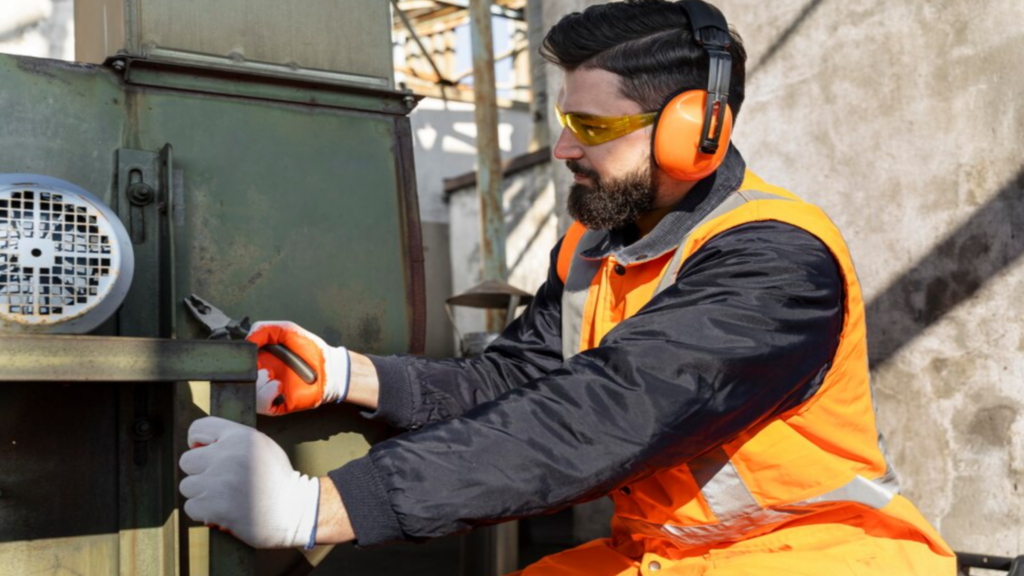
If your furnace stops working properly, it’s important to determine if you need emergency repair service right away. There are certain signs that indicate your furnace needs immediate attention:
No Heat- If your furnace isn’t blowing hot air and you have no heat in your home, this typically signals a serious problem. Lack of heat in freezing weather is considered an emergency, as it presents safety risks like hypothermia and frozen pipes that can burst. Don’t wait – call for emergency furnace repair right away if you have no heat.
Strange Smells or Noises – Unusual odors like gas, smoke, or burning plastic are a major red flag. Your furnace may be leaking gas or have an electrical issue. Strange noises like screeching, grinding or loud clicking can also indicate a major repair is needed. Don’t ignore strange furnace smells or noises – have a professional assess the situation immediately.
Carbon Monoxide Leak – One of the most dangerous furnace issues is a carbon monoxide leak. This odorless, colorless gas is a silent killer and you may not even realize the furnace is leaking it. Symptoms of carbon monoxide poisoning include dizziness, headaches, nausea, and flu-like symptoms. If you suspect a carbon monoxide leak, evacuate your home and call 911 right away. This is a deadly emergency requiring immediate repair service and inspection.
Don’t take chances with furnace problems that indicate an emergency. Call for professional help right away in these situations to get your heating system back up and running safely.
What to Expect from Repair Service

When you call an emergency furnace repair company, here’s what you can expect:
Diagnosis
The repair technician will first diagnose the problem. They will ask you questions about what’s happening with your furnace and when the issue started occurring. The technician will inspect your furnace, checking components like the thermostat, control board, blower motor, gas valve, ignitor, and flame sensor. Diagnosing the problem allows the technician to quote you an accurate repair cost and timeline.
Quote
After diagnosing the issue, the technician should provide you with a quote for the necessary repairs. This will include details on parts and labor costs. Be wary of companies that won’t quote you a price upfront. A reputable company will explain what needs fixing and give you a detailed quote before proceeding.
Repair Timeline
For a basic repair, the technician may be able to fix your furnace during the initial service call. More complex repairs could take a day or two, requiring waiting on a specialized part to be ordered. The technician should be able to give you an estimate of when your furnace can be fully operational again.
Parts & Labor Costs
What you pay for furnace repair will depend on the specific parts needing replacement and the technician’s hourly labor rate. Parts can range from $50 – $500+ depending on the make and model of your furnace. Labor will likely be $75 – $150 per hour. Some companies offer flat-rate pricing based on the job. Get an itemized invoice, so you understand what you are being charged.
Questions to Ask the Technician
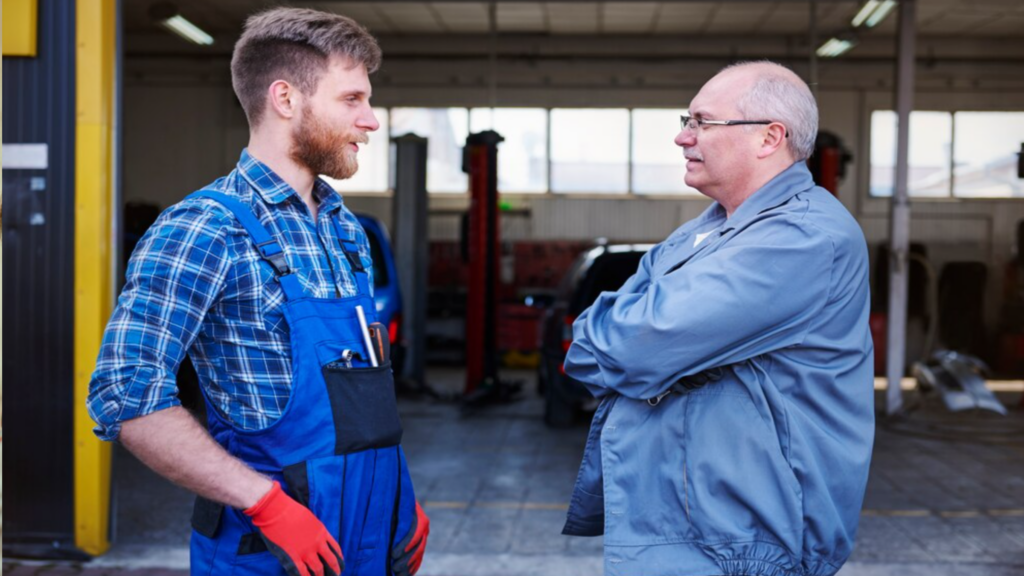
When the repair technician arrives, be prepared with some important questions to ask them. This will help you better understand their experience, get a cost breakdown, and know what to expect in terms of warranties or guarantees.
- How long have you been an HVAC technician? Are you licensed for furnace repairs?
- What do you think is wrong with the furnace? Can you explain what needs to be repaired? They should be able to diagnose the issue and clearly explain it to you.
- Do you have the necessary parts on hand to fix it today? Or will you need to order something and come back?
- How much do you estimate the repairs will cost? Can you provide a detailed breakdown of parts and labor? Get a written estimate before work begins.
- Do you offer any warranty on the parts or labor? What is covered and for how long? Good technicians will guarantee their workmanship.
- If you are unable to repair it, what will you charge for the service call? Diagnosis alone has value for assessing whether to repair or replace.
Asking the right questions upfront makes the repair process smoother and gives you important information to make the best decision for your home. Do your due diligence when hiring.
Average Emergency Furnace Repair Costs

Furnace repairs can range from a few hundred dollars for a minor fix to over $1,000 for a full system replacement. Here are some average costs for common furnace repairs:
Parts
- Ignitor or thermocouple replacement: $150-$300
- Blower motor: $200-$500
- Heat exchanger: $500-$1,200
- Gas valve: $150-$400
Labour
- Diagnostic fee: $50-$100/hour
- Actual repair work: $70-$150/hour
By Repair
- Minor ignitor or wiring repair: $200-$400
- Blower motor or fan replacement: $350-$850
- Heat exchanger repair: $650-$1,500
- Gas valve replacement: $400-$900
- New furnace installation: $2,000-$5,000
Keep in mind costs can vary widely based on your furnace type, repair complexity, technician fees, brand of parts used, and your location. Getting quotes from 2-3 companies is recommended.
Saving on Emergency Furnace Repairs

Regular maintenance and preventative care can help avoid costly emergency repairs down the road. Have your furnace inspected and tuned up annually before winter hits. Check and change filters monthly and vacuum around the unit to prevent buildup.
When your furnace does need a repair, get quotes from several HVAC companies. Prices can vary widely, so it pays to shop around. Look for coupons and seasonal discounts as well. Ask about off-peak discounts for having repairs done during less busy months like April or October. Some companies offer lower rates for senior citizens or CAA members too.
Buying a service plan or maintenance agreement can be cost-effective if you have an older furnace. The annual fee is usually less than the average repair bill. Plus, you get priority service and discounts on parts. Over the lifetime of the furnace, a service plan often saves money compared to paying per repair.
Repair vs Replacement
When your furnace breaks down, you’ll need to decide whether it’s best to repair it or replace it entirely. This decision often comes down to the age and condition of your existing unit.
If your furnace is over 15 years old, repairs can become frequent and costly. At this age, it’s usually more cost effective to replace it with a new, energy efficient model. New furnaces have AFUE ratings of 90% or higher, compared to around 60% for older units. This improved efficiency will save substantially on heating costs over time.
You should also consider replacing your furnace if the heat exchanger is cracked or repairs would cost over 50% of the price of a new furnace. It’s not worth continually sinking money into an outdated, inefficient system.
Preparing for Future Issues

Taking some steps now can help you avoid or better handle furnace emergencies down the road. Here are some tips:
Create a maintenance schedule- Have your furnace professionally inspected and tuned up before each heating season. Regular maintenance can catch minor repairs before they become big issues and keep your system running efficiently.
Set aside an emergency fund- Furnace repairs can be expensive, so build up some savings to cover unexpected costs. Experts recommend having at least $500-$1000 set aside.
Look into service plans- Many companies offer annual service contracts that provide discounts on repairs and guaranteed response times for a flat fee. This can save you money over time.
Know when to replace- If your furnace is over 15-20 years old, replacement may make more sense than continued repairs. Newer models are far more energy efficient.
Research reputable companies- Have some trusted local contractors on hand before you need one urgently. Check reviews and get references so you don’t have to scramble during an emergency.
Prep an emergency kit- Include flashlights, blankets, and important phone numbers. If the furnace goes out, you’ll be prepared to stay safe and comfortable until it’s fixed.
A little planning and preventative care can go a long way toward furnace safety. Staying on top of maintenance and having funds set aside means you can handle any heating emergencies calmly and efficiently.
Always Be Prepared for Emergency Furnace Repair
Being left without heat can quickly become a dangerous situation, especially for the elderly, children, or those with health conditions. You need to act fast when your furnace stops working to avoid freezing your pipes or putting your family’s health at risk. By following the tips and tricks stated above, you can ensure that you are prepared for any furnace disruption so that your family is taken care of. For more information on furnace repair, contact one of our expert energy advisors and they will be more than happy to assist you.
Related Posts

New Furnace Cost: Is It Worth it?
Discover if new furnace cost is worthwhile. Understand prices, lifespan, efficiency, installation, and savings on new units.
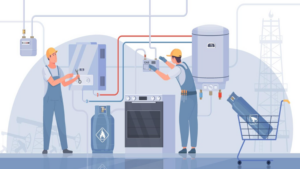
Furnace Maintenance Tips for the Winter
Prepare for winter—ensure your furnace is set with key maintenance tips: filter changes, thermostat inspections, and regular checks.

The First Things You Should Do When You Get a New Furnace
Considering a new furnace? Check ducts, replace filters, and plan maintenance to boost efficiency and extend its life with these tips.

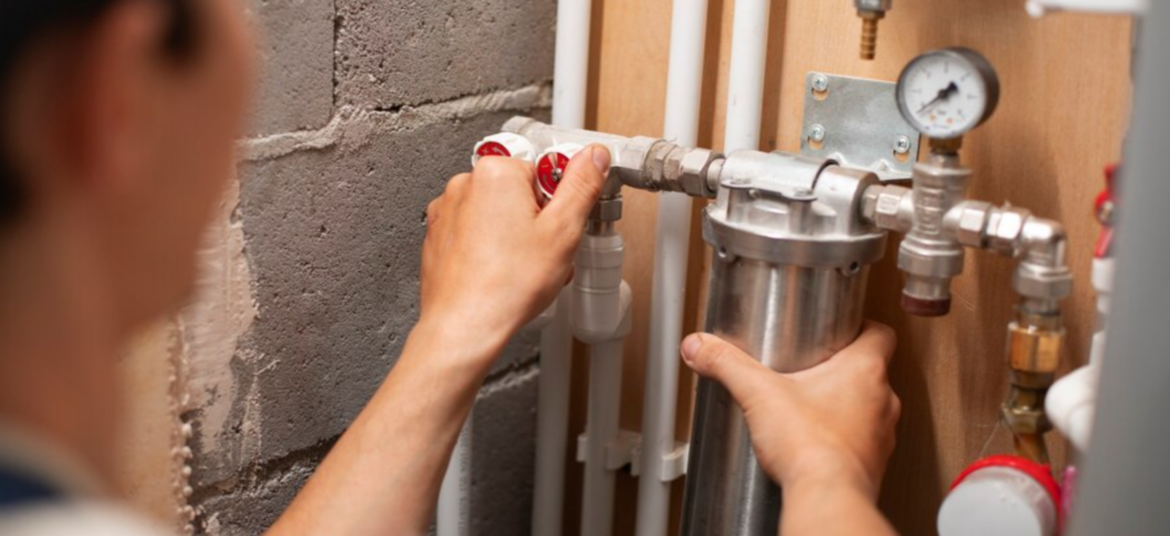
No Comments